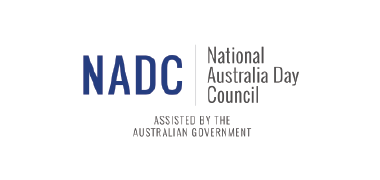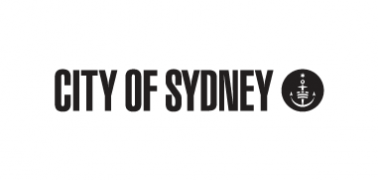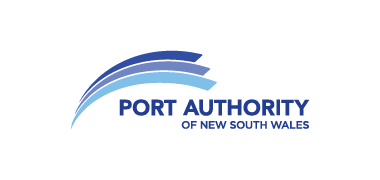National anthem
Learn to sing ‘Advance Australia Fair’ in Eora
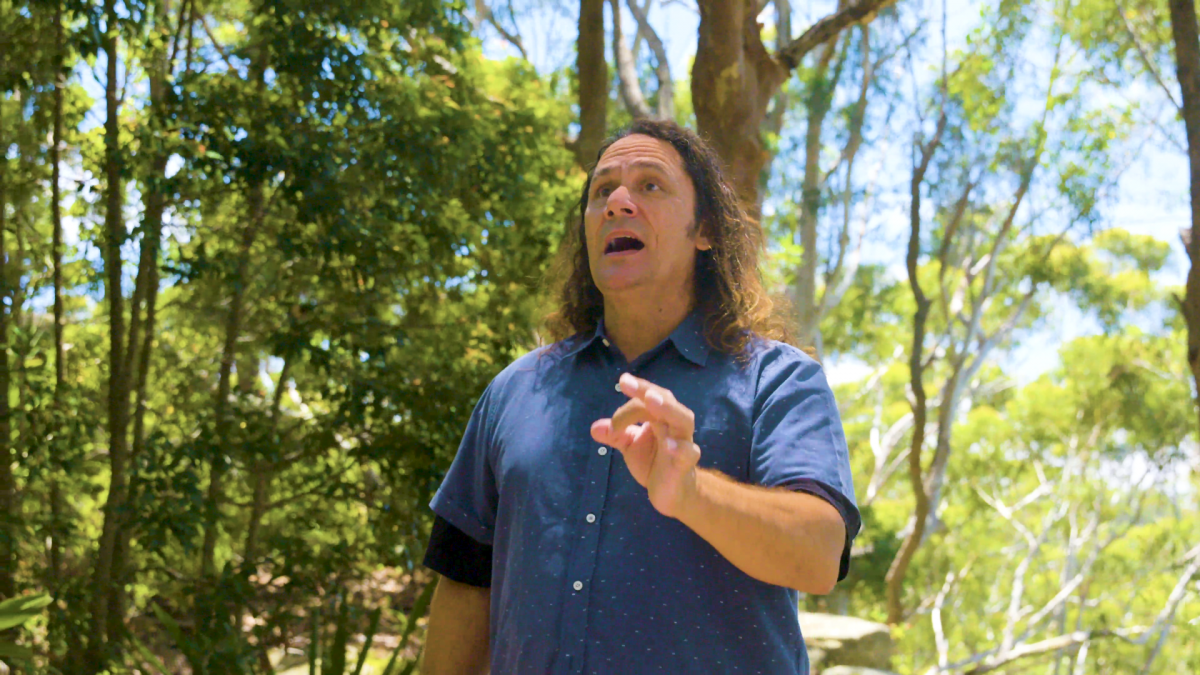
Learn a version of the Australian national anthem in Eora, the First Nations language of the Sydney area. Singalong with Clarence Slockee, TV presenter and proud Bundjalung man. Then go and learn more about the First Nations languages in your local area.
Read the transcript of the 'Learn to sing ‘Advance Australia Fair’ in Eora' video
Jingi Wala. G’day in Bundjalung. My name is Clarence Slockee and I’m a proud Bundjalung fella. Also a proud Australian. I’m here today to talk about the national anthem. First I want to pay my respects to the ancestors of all our First Nations people wherever you are right across this beautiful country. I’d also like to acknowledge the Gadigal - the central clan to what is now the Sydney region. Today we’re going to learn a version of the national anthem which is now known as the Sydney language. I’d also encourage you to go out and learn local First Nations languages in the area you live. But in the meantime, here’s a version specific to the Sydney region. So please sing along and learn what is a beautiful, beautiful version of the national anthem.
Unity and community spirit
A shared Australian history recognises First Nations Australians as the original inhabitants of this country. An excellent starting point for acknowledging and connecting with this shared history is through language.
In Australia there are more than 250 First Nations’ languages, including 800 dialects. Each language is specific to a particular place and people.
This 2025 Australia Day program proudly showcases First Nations culture — the oldest living culture in the world. The First Nations inhabitants of the place we now call Sydney identify themselves as Eora (pronounced ‘iyora’), meaning simply ‘the people’. The many clans of the Eora nation were united by a common language, while records indicate that there were at least two dialects.
This version of the national anthem is sung at the WugulOra Morning Ceremony, Midday Salute and Australia Day Live. It begins with a verse that is based on a long-extinct Aboriginal language of the Sydney district referred to as ‘the Sydney Language’.
The Sydney Language is endorsed by the Metropolitan Local Aboriginal Land Council as a contemporary interpretation of the first conversation and words recorded by Lieutenant William Dawes, an Englishman and naval officer with the First Fleet, with Patyegarang (pronounced Pa-te-ga-rang) a young female of the Gadigal people.
While the language we use may be Eora, this is about representing all Aboriginal culture, people and nations. And importantly, showing our commitment to working together as one community. This is why the Sydney Language version of the national anthem is being sung throughout Australia day events — so we can honour our First Nations Australians, who have always been here and will continue to be here.
We sincerely hope that raising awareness of the diversity of First Nations’ languages will help to highlight the way cultures have blended and how our lives can be enriched by all.
Learn how to pronounce the words and what they mean
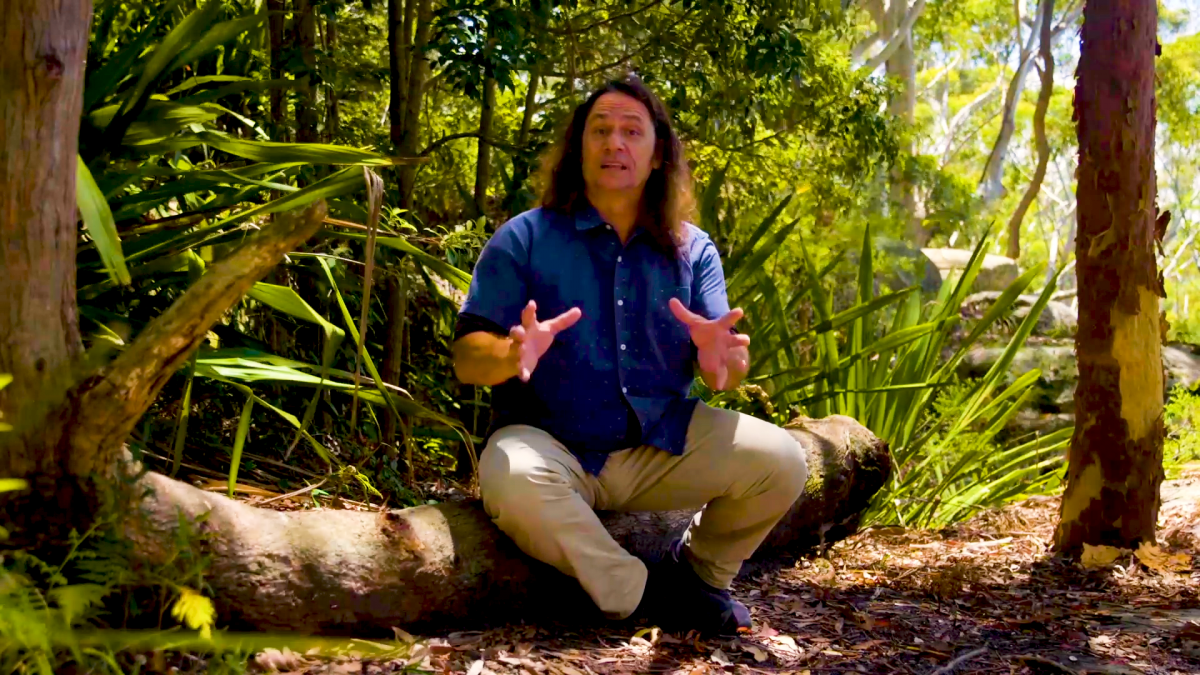
Clarence Slockee, TV presenter and proud Bundjalung man, teaches us some of the beautiful interpretations and pronunciations of the national anthem, Advance Australia Fair, performed in Eora.
Read the transcript of the 'Learn how to pronounce the words and what they mean' video
Let’s start with the first line. Australians let us all rejoice.
In this instance, Australiagal ya’nga yabun.
In many Aboriginal languages, you’ll see ng written. It’s like a neyah sound.
So Ya’nga is do. Just do it.
Yabun - sing.
Australiagal - All Australians. All of us together. Let’s just sing.
Let’s be proud of who we are.
Let’s embrace our First Nations Culture.
Let’s just embrace who we are as a people.
Australiagal ya’nga yabun.
Too easy.
Now we probably won’t have time to go through each and every line or every word, but again that ng gives us the neyah sound. And a U is often a ooh like cool or hook.
So Ngurra is a camp. And garrigarrang or garrigarrang, is the sea. The ocean. And we are girt by sea, when girt is surrounded by the ocean. But it’s much easier to say Ngurra garrigarrang. A camp by the sea.
Now with a lot of songs, to translate them or to move them into a different language, we often have to find syllables, similar words but at least the syllables that will fit with the melody line. We go towards the end of the song, Garraburra ngayiri yabun.
Garraburra is to dance or to gather for ceremony.
Ngayiri.
Yabun - to sing.
The line is a falling cadence. Ga-rra-burra nga-yi-ri ya-bun. Very easy to break it down. It keeps falling. It’s so beautiful.
Lyrics
Australiagal ya’nga yabun
Eora budgeri
Yarragal Bamal Yarrabuni
Ngurra garrigarrang
Nura mari guwing bayabuba
Diara-murrahmah-coing
Guwugu yago ngabay burrabagur
Yirribana Australiagal
Garraburra ngayiri yabun
Yirribana Australiagal
Translation
The lyrics in Eora are not a direct translation of the English words, but rather substitute meanings that reveal the Eora’s deep connection to the land. We hope you feel inspired to sign along.
| 1. | Australiagal | ya’nga | yabun | |
| Australian(s) | do | sing | ||
| Australians all | let us | rejoice | ||
| 2. | Eora | budgeri | ||
| People | Good | |||
| For we are | one and free | |||
| 3. | Yarragal | Bamal | Yarrabuni (ya – ra – boo – nee) | |
| Yellow | Earth (ground) | do not fatigue yourself | ||
| With golden | soil and | weath for toil | ||
| 4. | Ngurra | garrigarrang | ||
| Camp | sea | |||
| Our home | is girt by sea | |||
| 5. | Nura | mari (mur-ray) | guwing bayabuba (by-boo-bar) | |
| Country | many (a very large number) | sunrise | ||
| Our land | abounds | in nature's gifts | ||
| 6. |
Diara-murrahmah-coing |
|||
|
The sun setting red |
||||
|
Of beauty rich and rare |
||||
| 7. |
Guwugu (gua-go) |
yago | ngabay | burrabagur |
|
Presently |
today | future event | tomorrow | |
|
in his |
trees page | Let ev | re stage | |
| 8. |
Yirribana |
Australiagal | ||
|
This way |
Australian(s) | |||
|
Advance |
Australia Fair | |||
| 10. |
Garraburra |
ngayiri | yabun | |
|
To dance |
bring | sing | ||
|
In joy |
ful strains then let | us sing | ||
| 11. |
Yirribana |
Australiagal | ||
|
This way |
Australian(s) | |||
|
Advance |
Australia Fair |
Local languages
'Advance Australia Fair' in English
Australian national anthem 'Advance Australia Fair' was created by Scottish-born composer Peter Dodds McCormick. It was first performed in 1878, and replaced 'God Save the Queen' as the official national anthem in 1984.
Lyrics
Australians all let us rejoice,
For we are one and free,
We've golden soil and wealth for toil;
Our home is girt by sea;
Our land abounds in nature's gifts
Of beauty rich and rare,
In history's page, let every stage
Advance Australia Fair.
In joyful strains then let us sing,
Advance Australia Fair.Beneath our radiant Southern Cross
We'll toil with hearts and hands;
To make this Commonwealth of ours
Renowned of all the lands;
For those who've come across the seas
We've boundless plains to share:
With courage let us all combine
To Advance Australia Fair.
In joyful strains then let us sing,
Advance Australia Fair.
Download the national anthem
The Royal Australian Navy Band is fortunate to have within its ranks some of Australia's finest military musicians.
Download Advance Australia Fair – with vocals.
Download Advance Australia Fair – with introduction and without vocals.
Download Advance Australia Fair – without introduction or vocals.
Flag flying protocols
As one of Australia’s most important symbols, the flag should be used with respect and dignity.
Follow the Australian flag protocols when flying or using the flag.
Learn about the NSW state flag, which has been in use since 1876.

